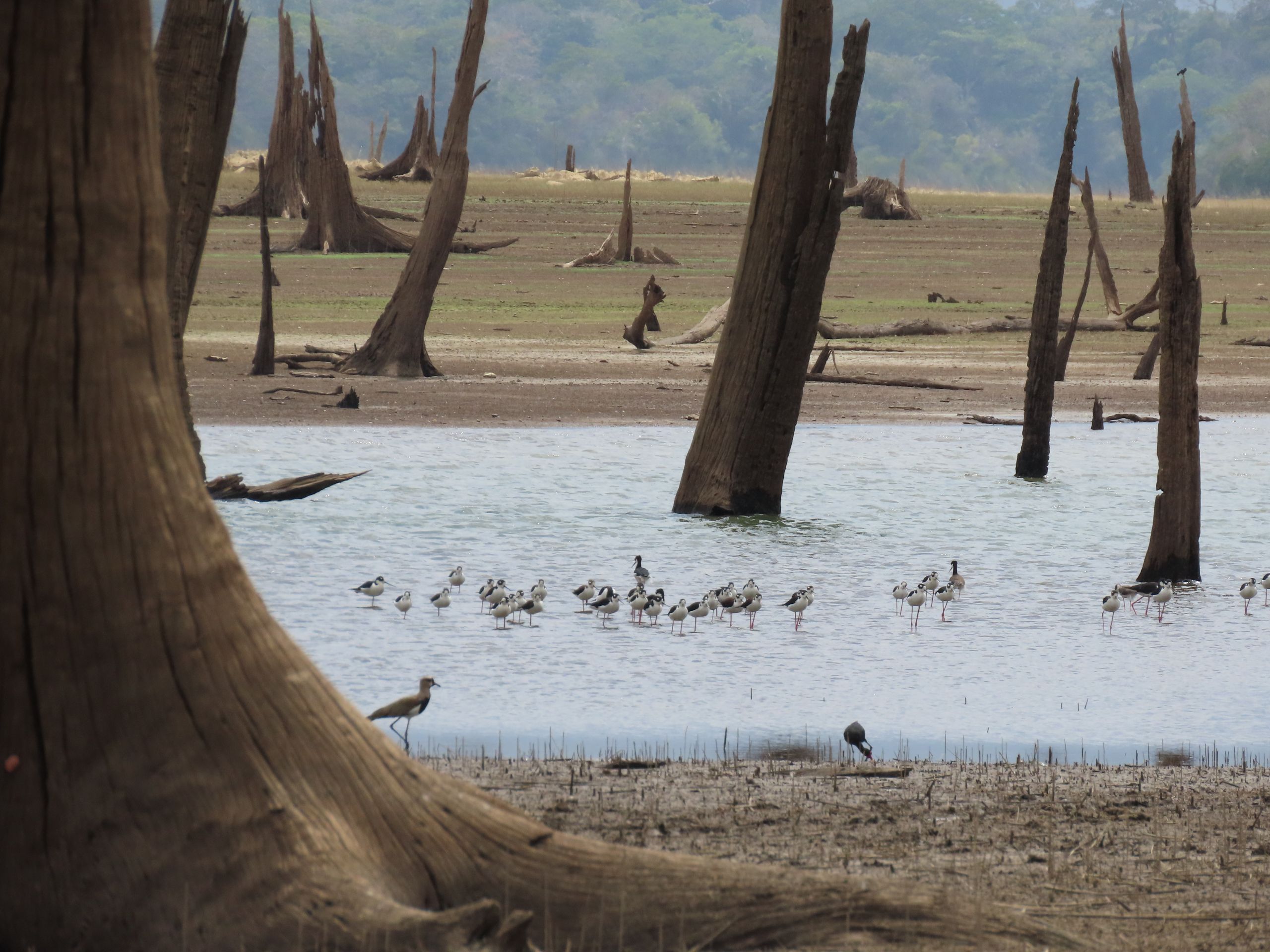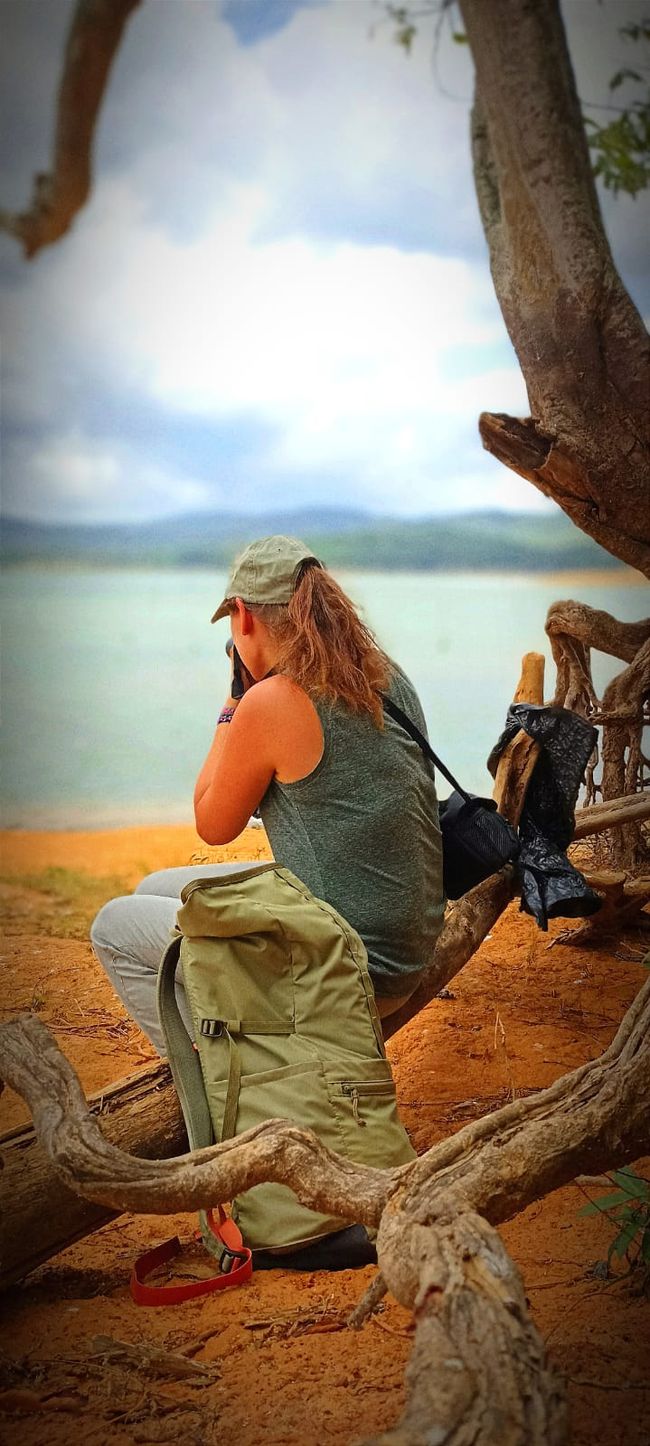One month in Mongolia
Објавено: 17.09.2019
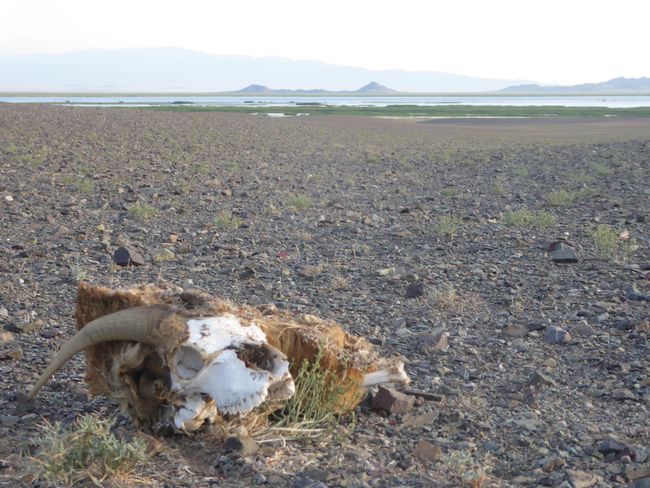
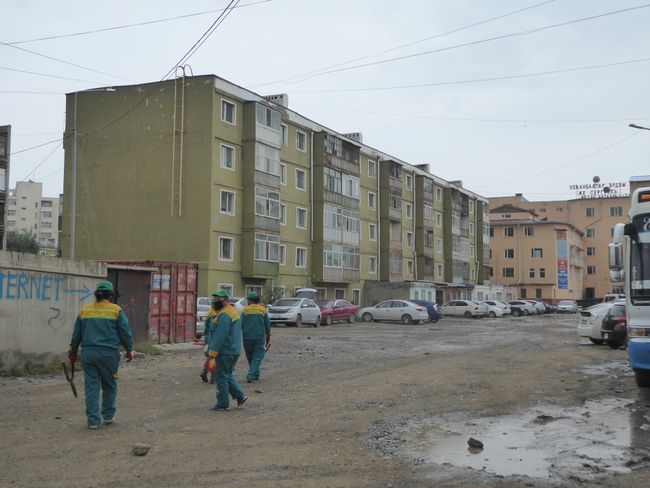
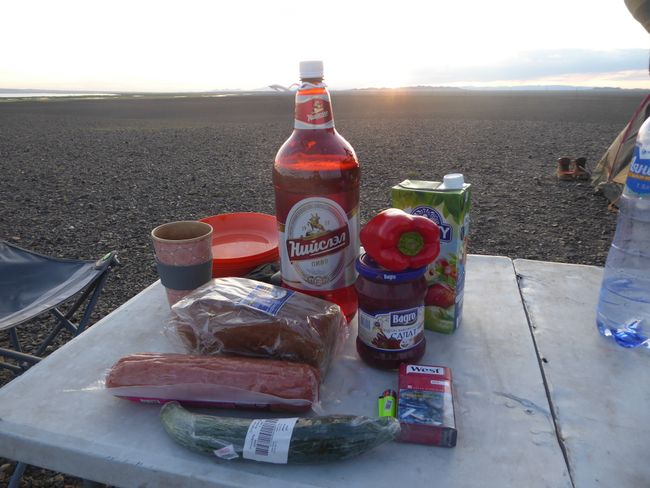
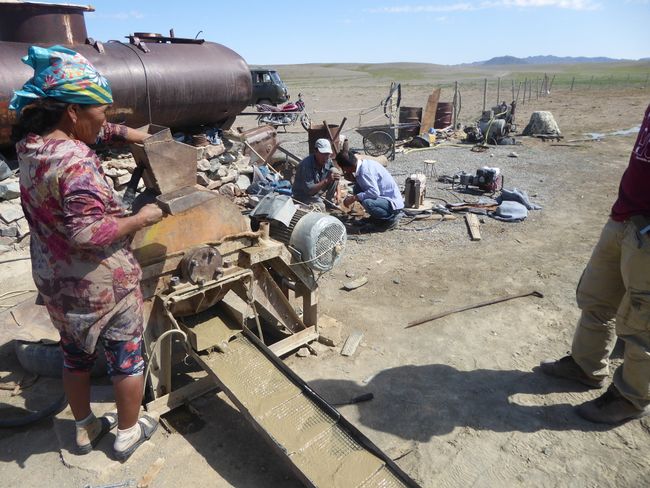
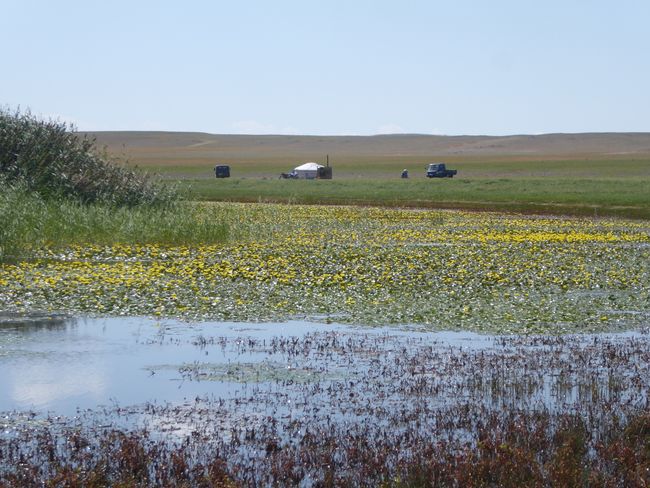
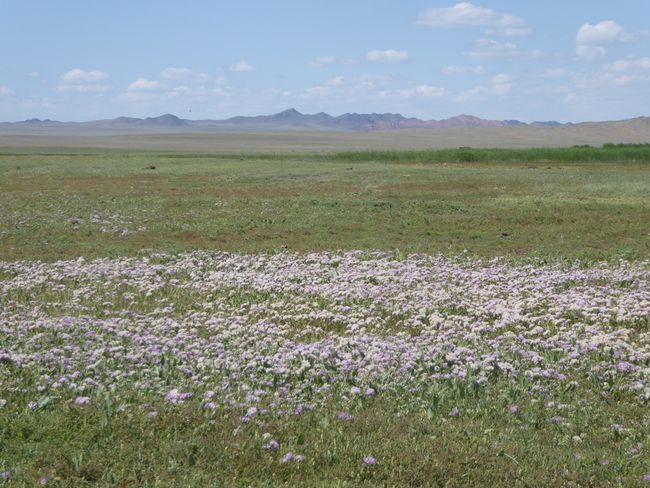
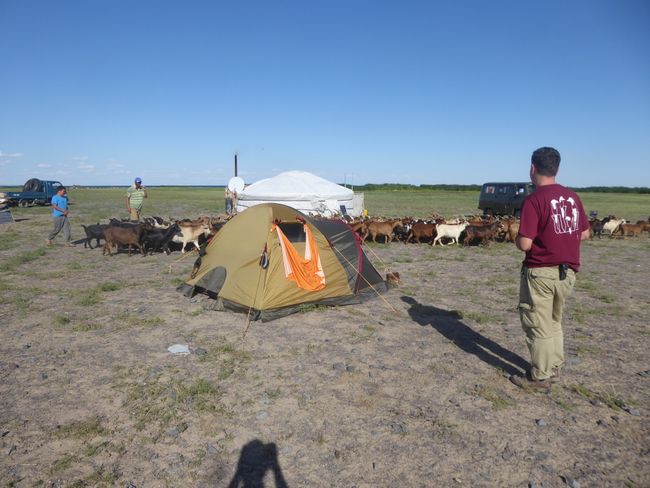
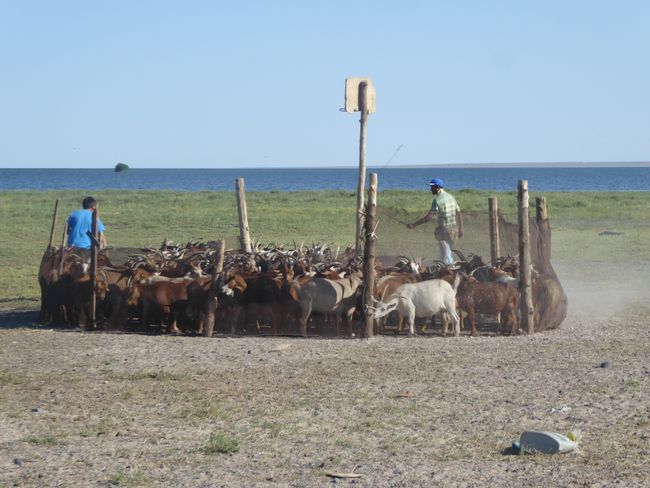
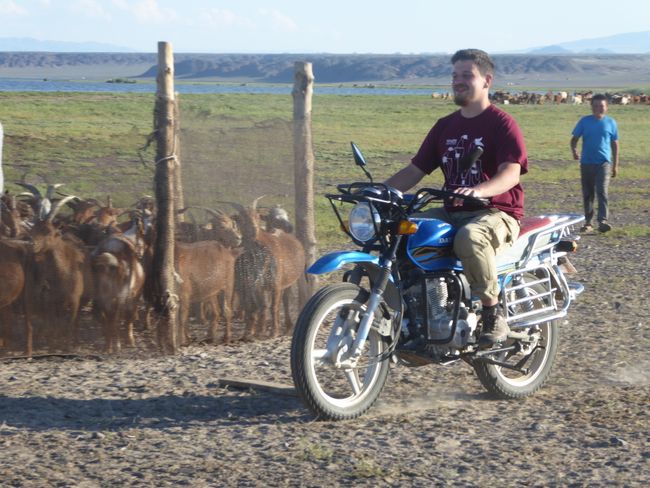
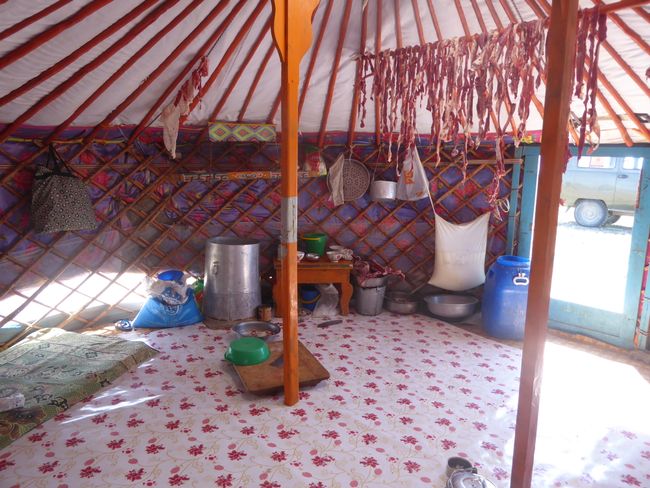
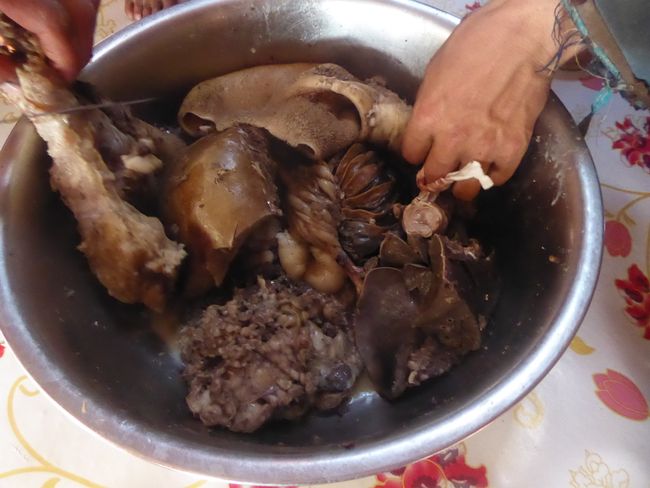
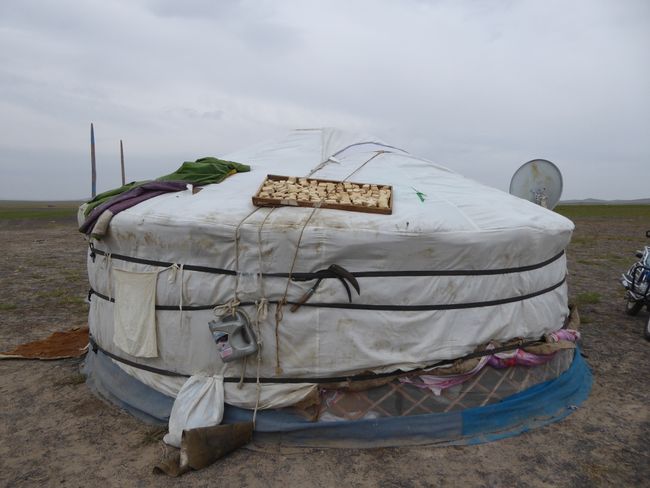
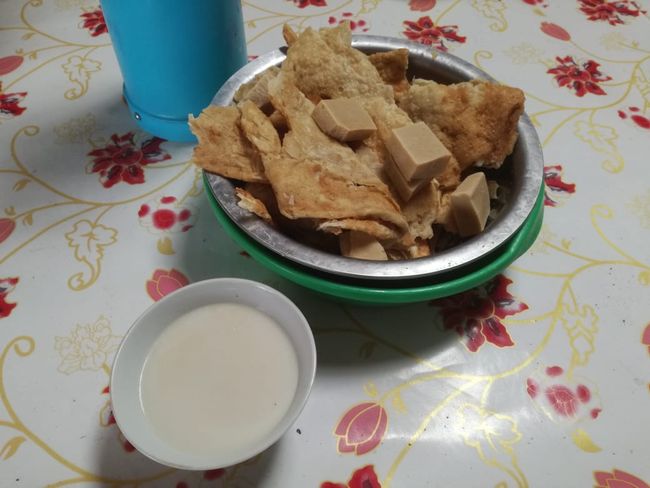
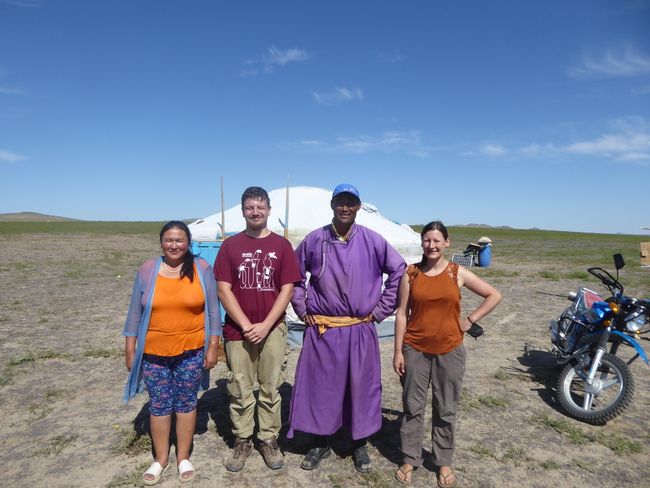
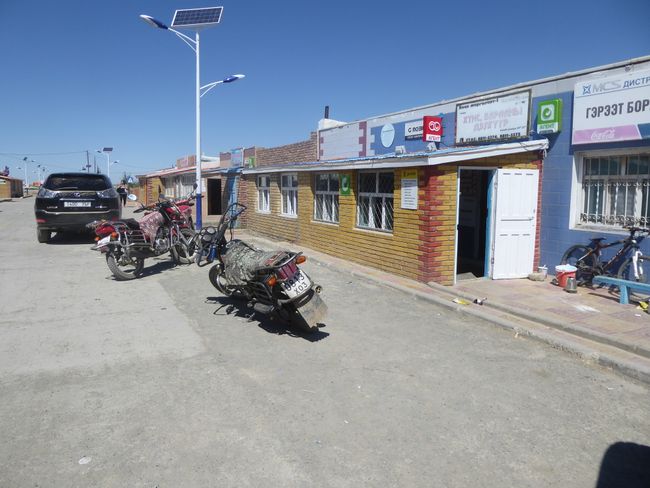
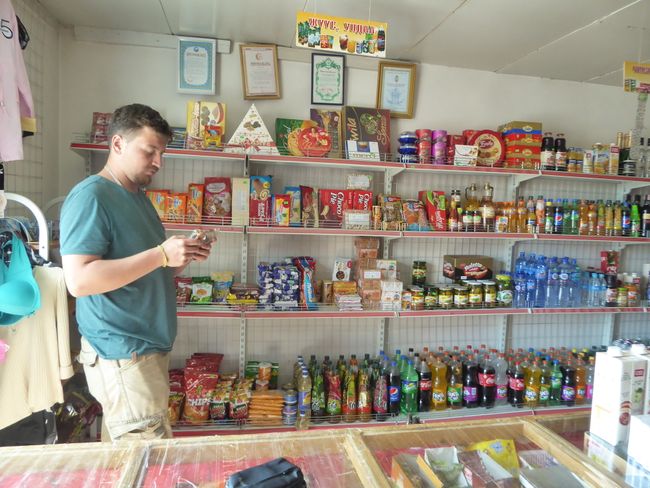
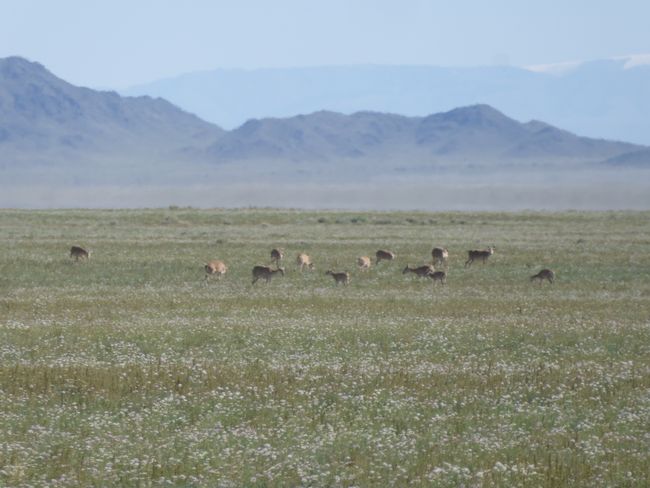

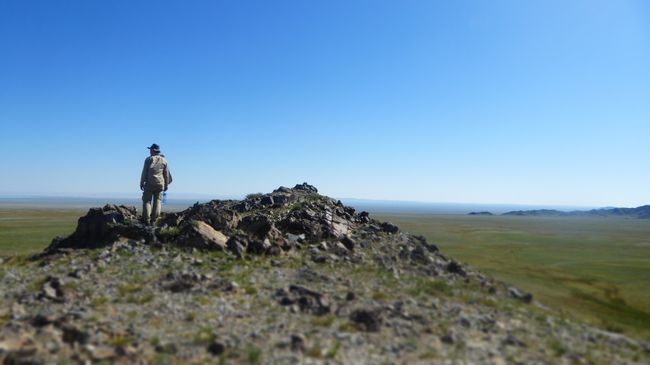
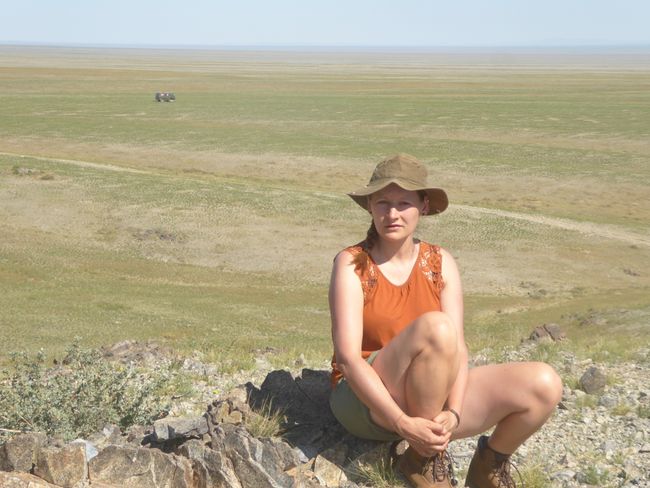
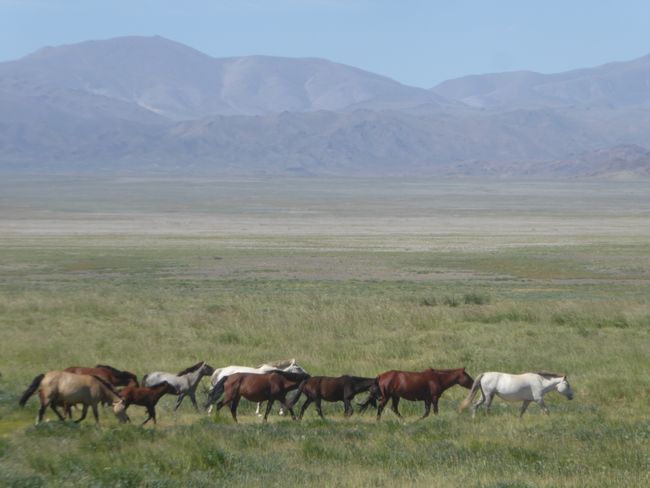
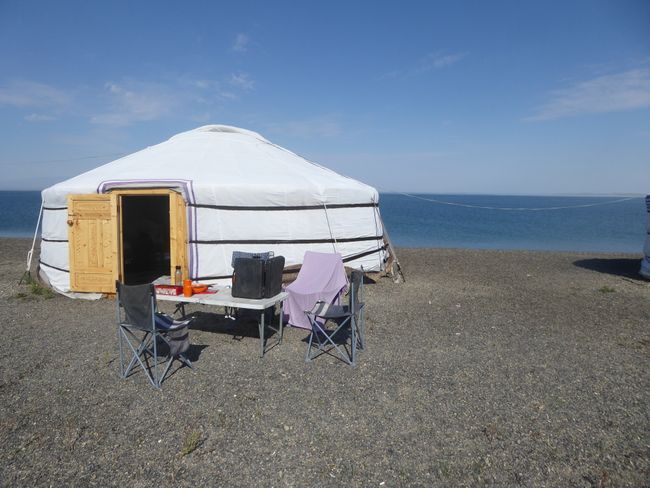
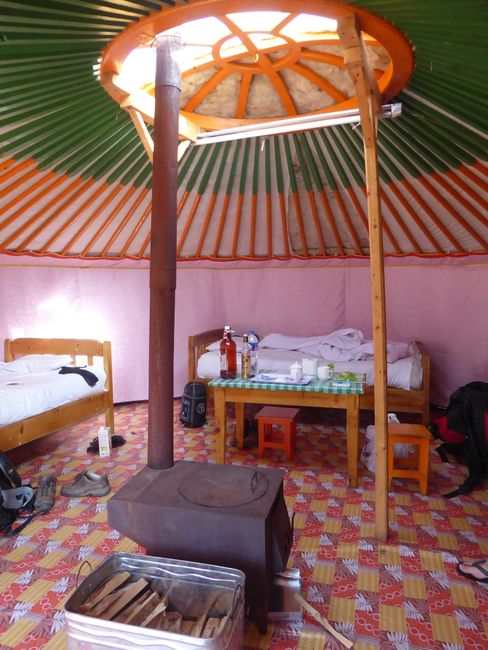
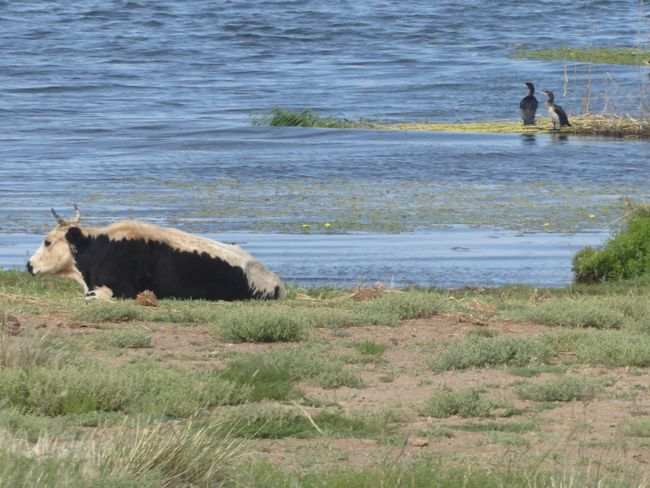
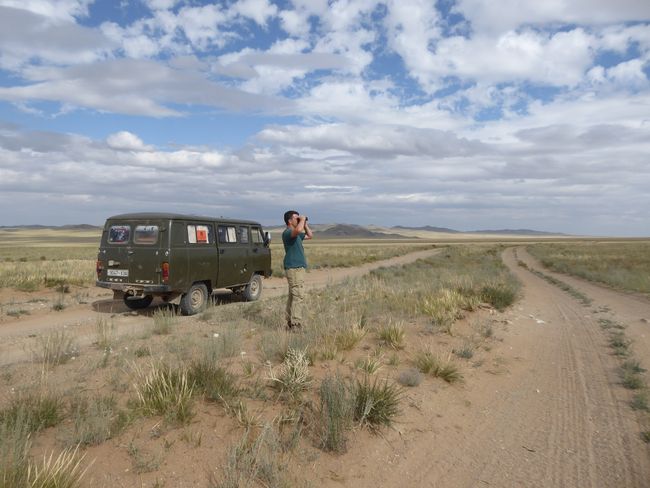
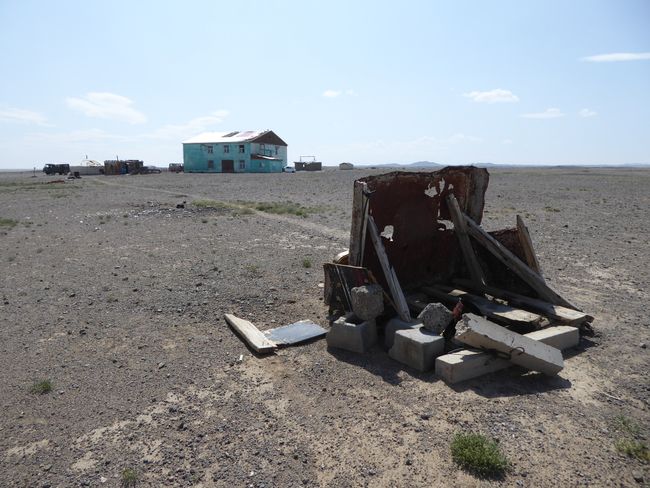
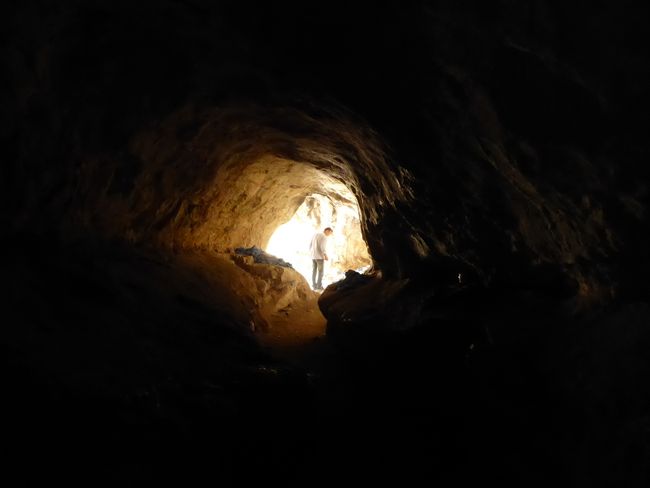
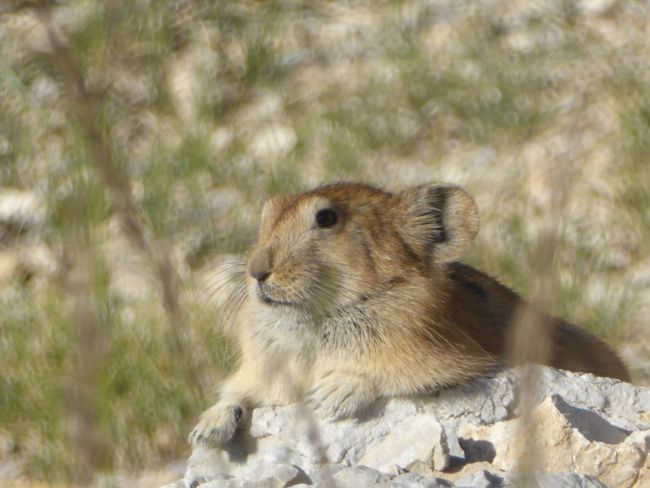
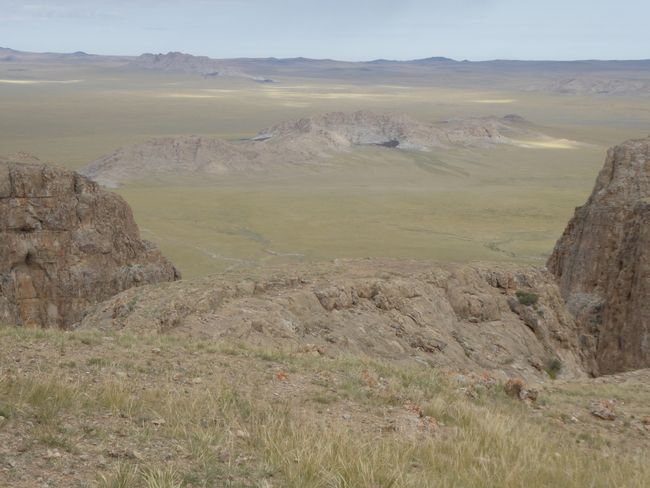
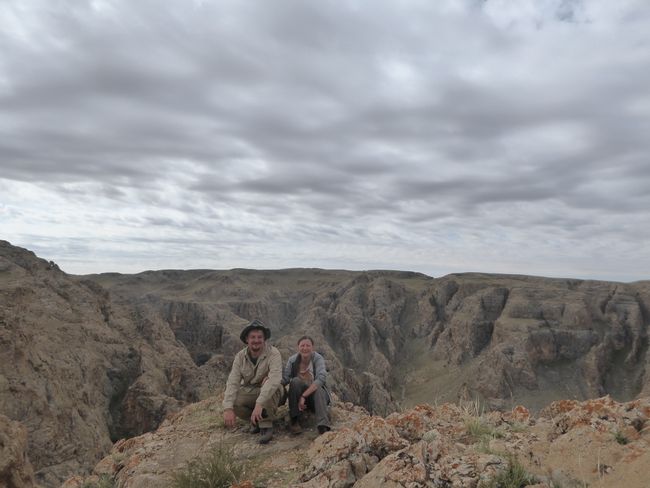
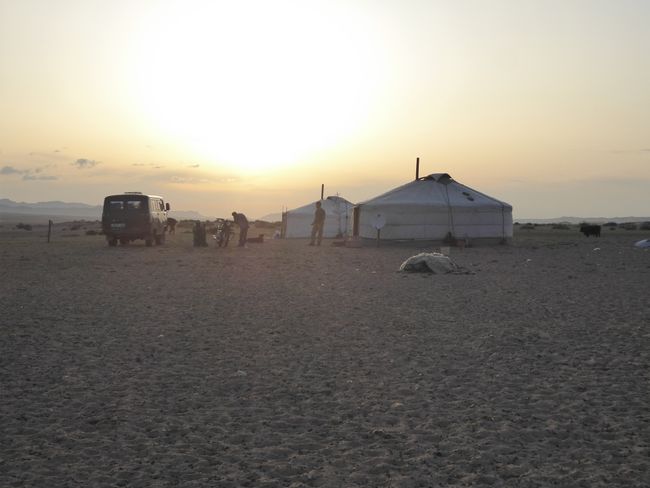
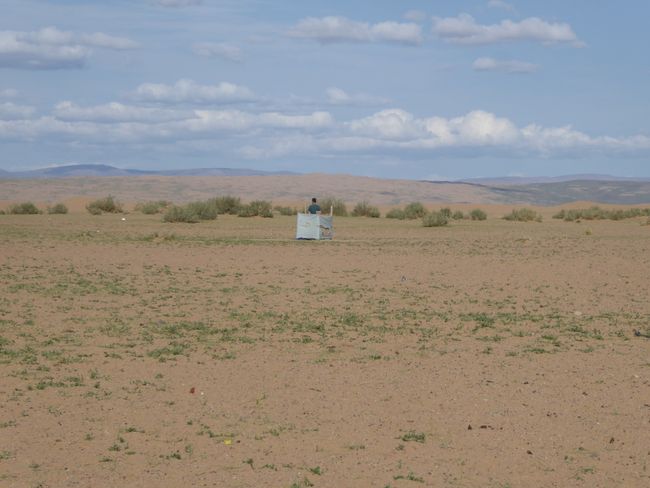
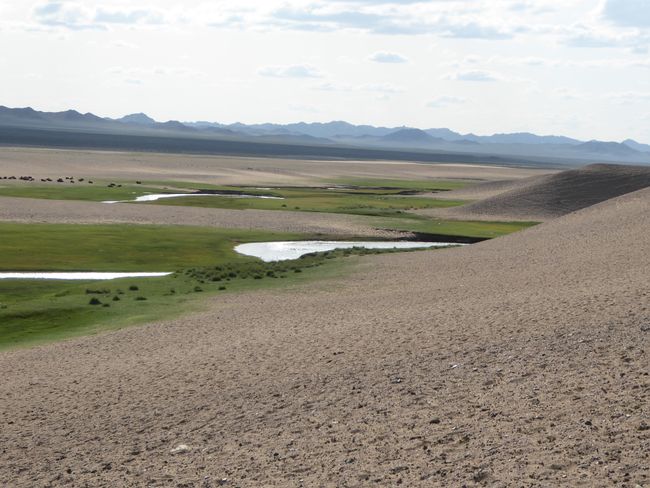
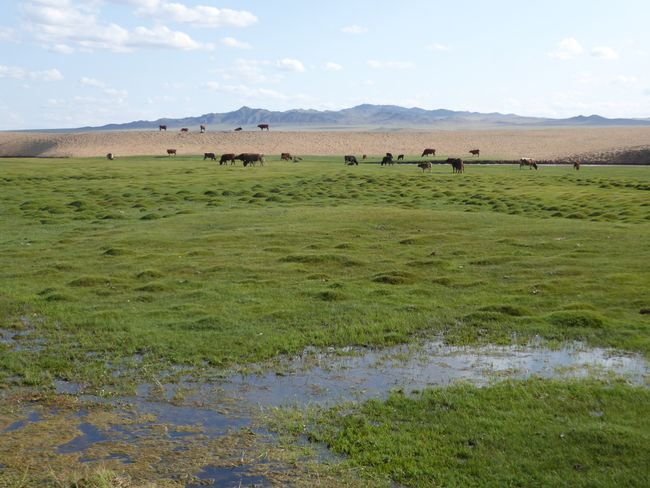
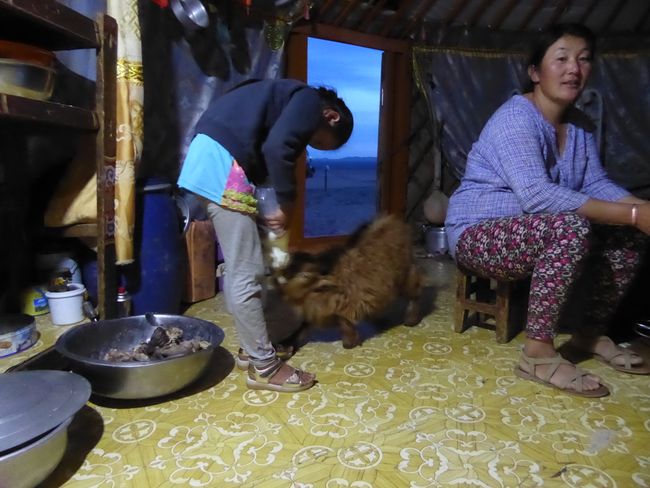
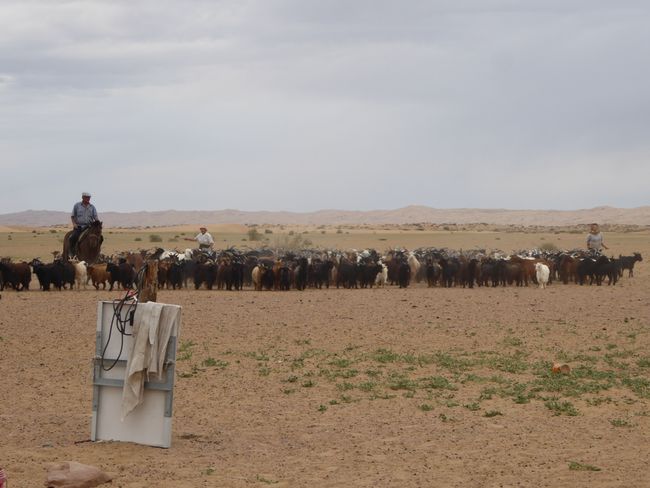
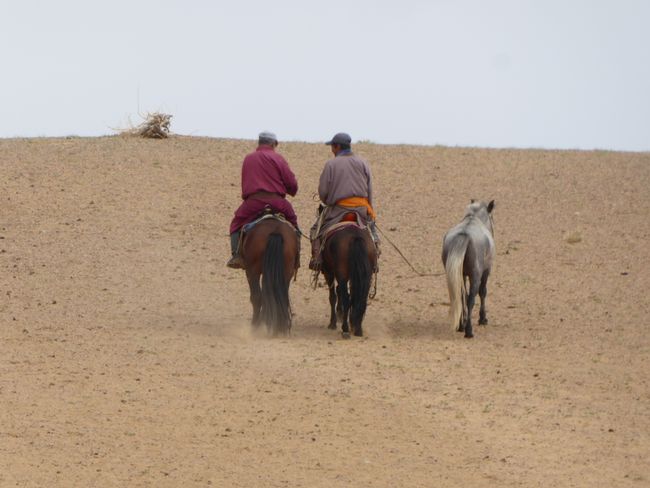
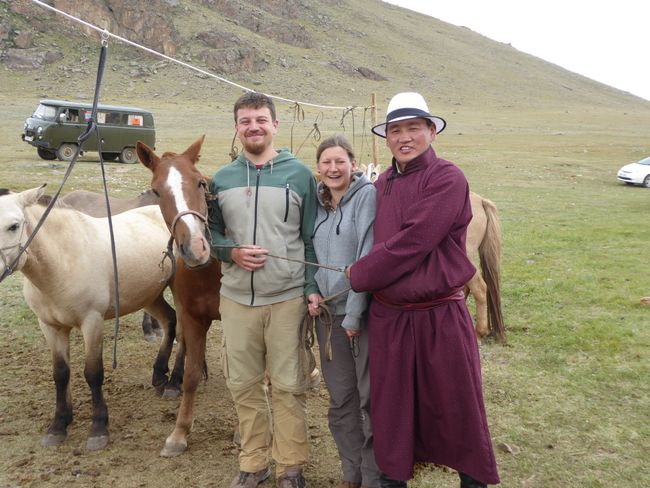
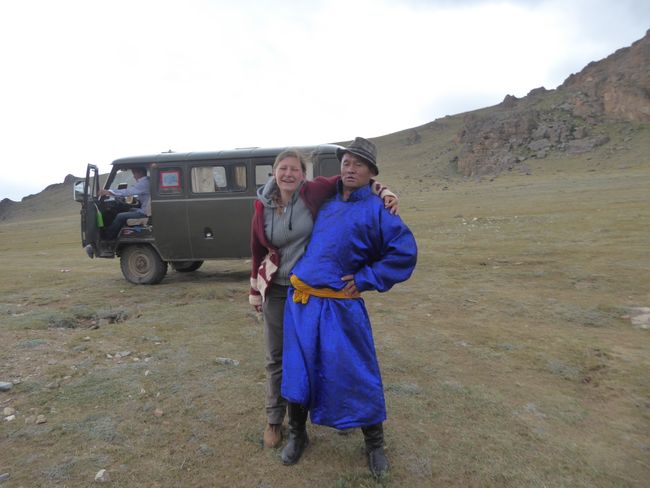
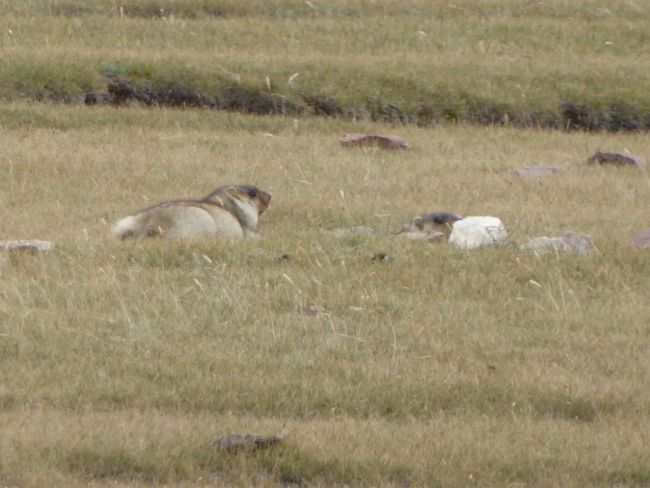
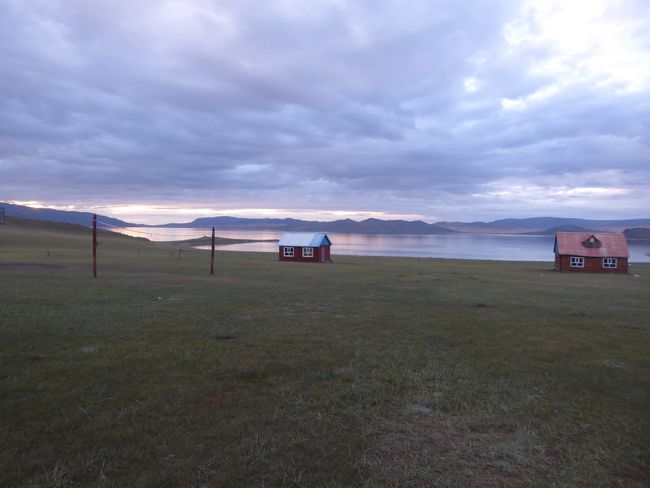
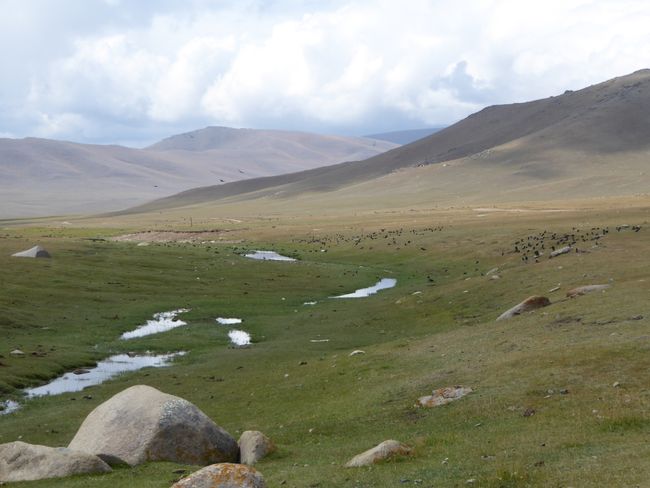
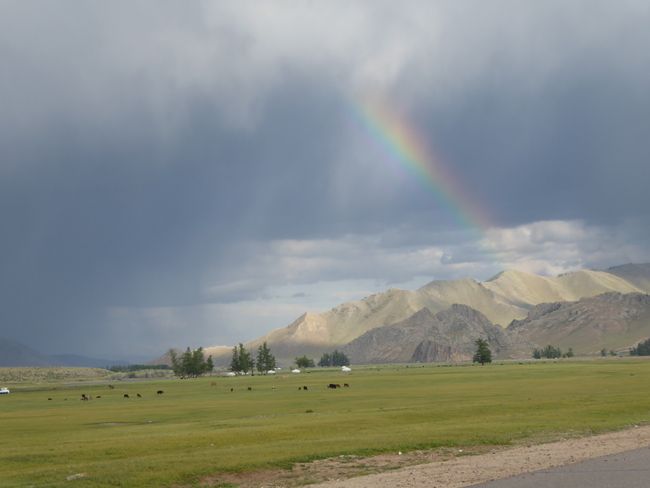
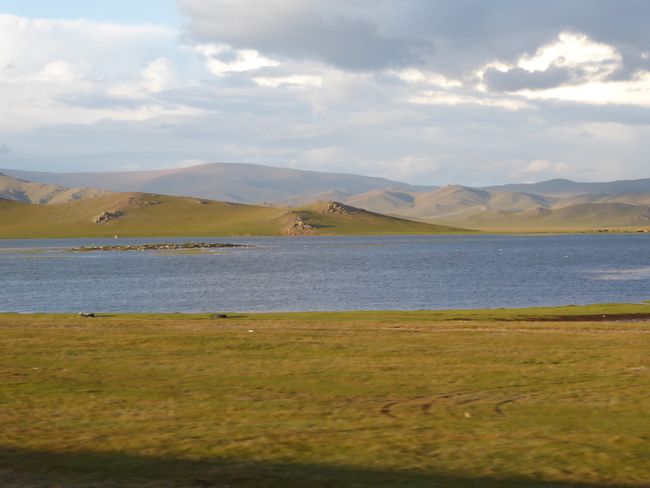
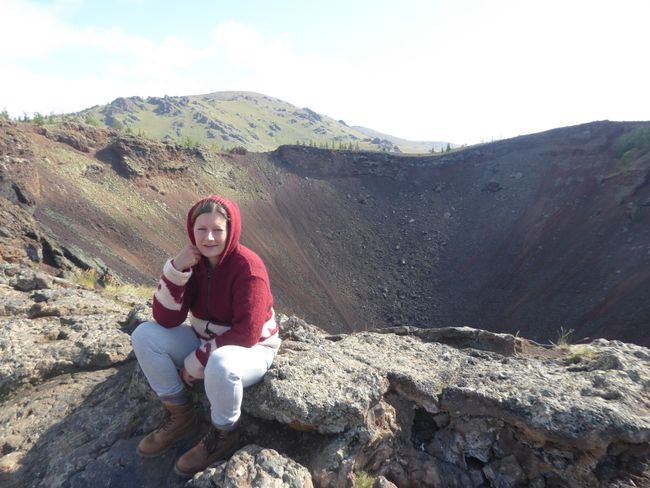
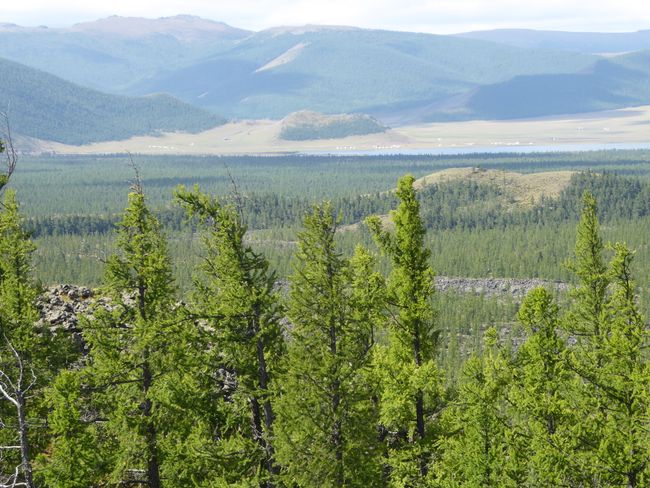
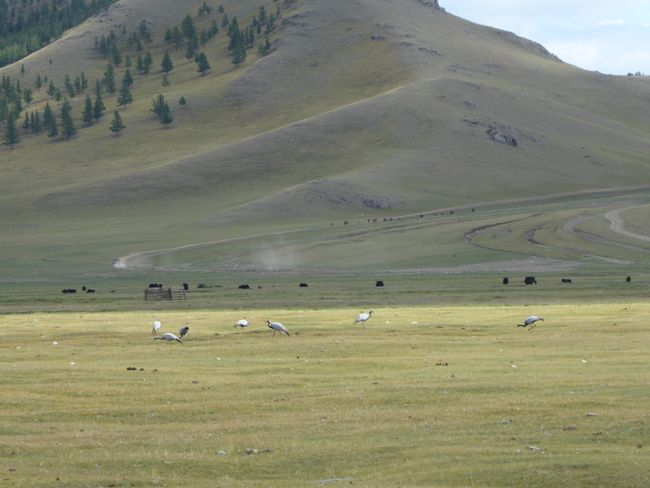
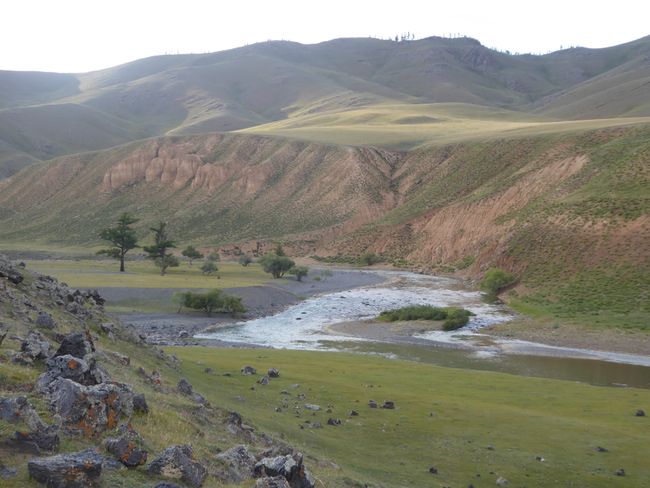
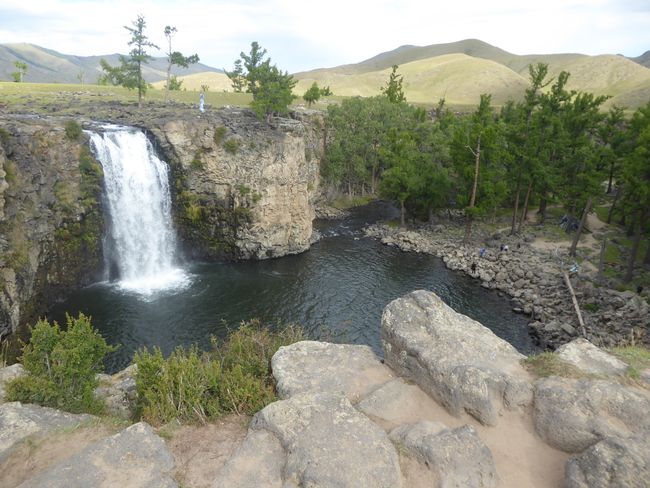
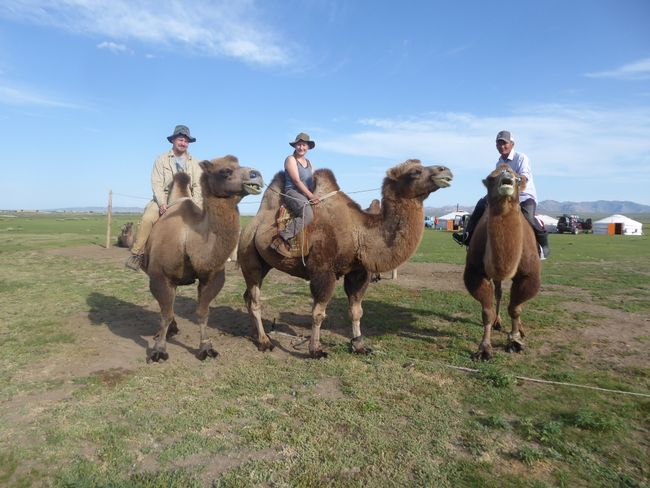
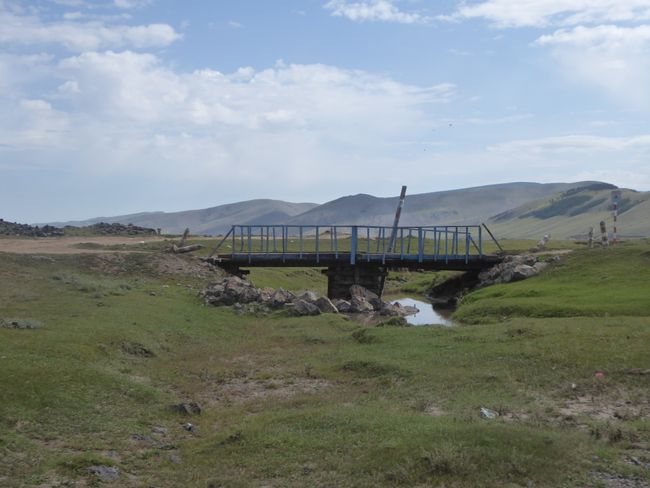
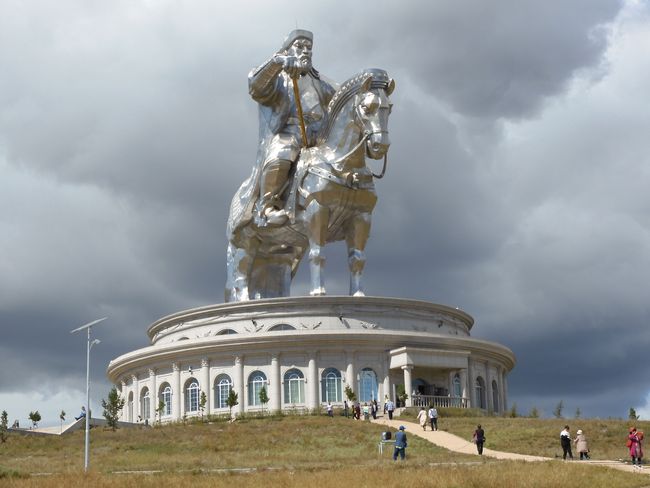
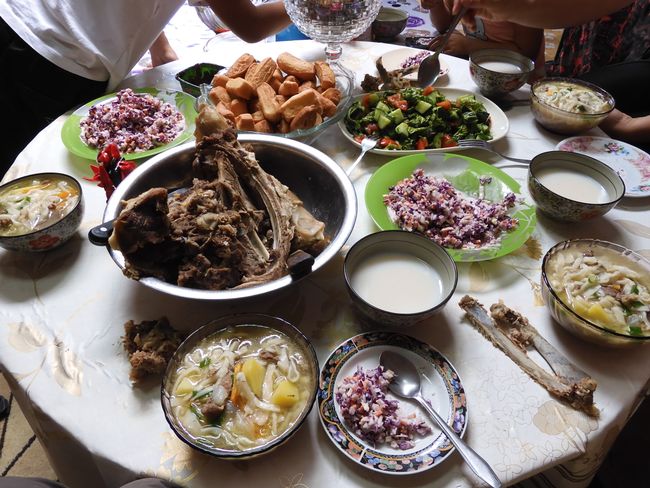
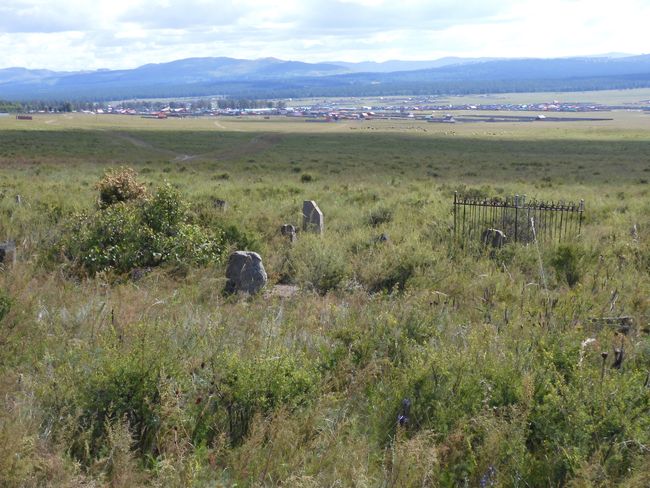
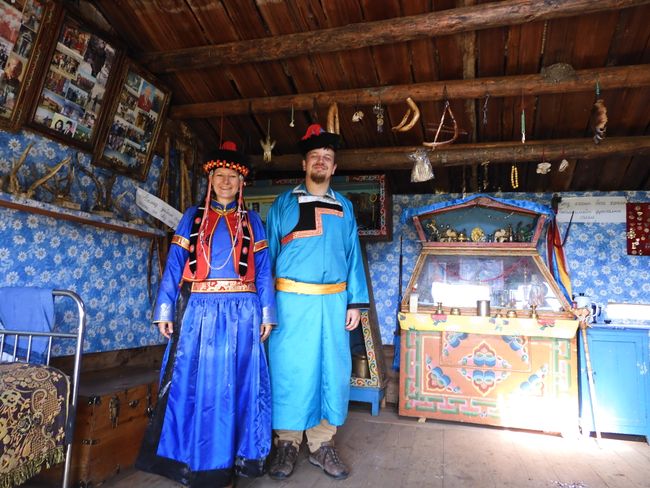
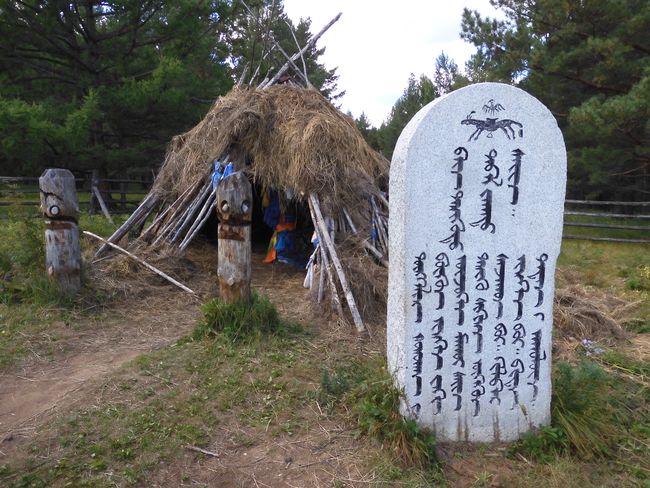
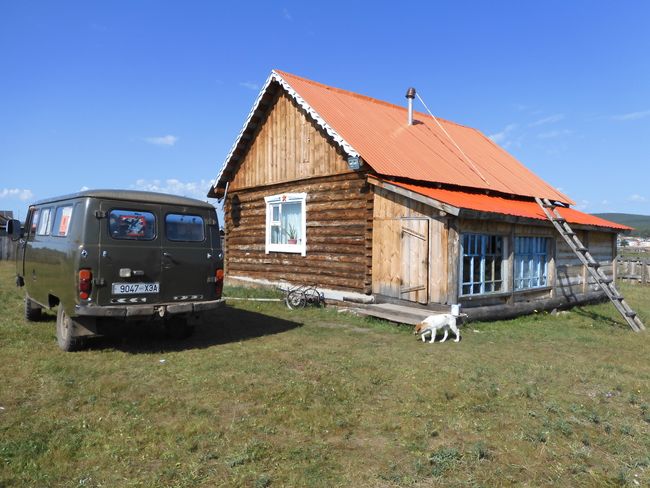
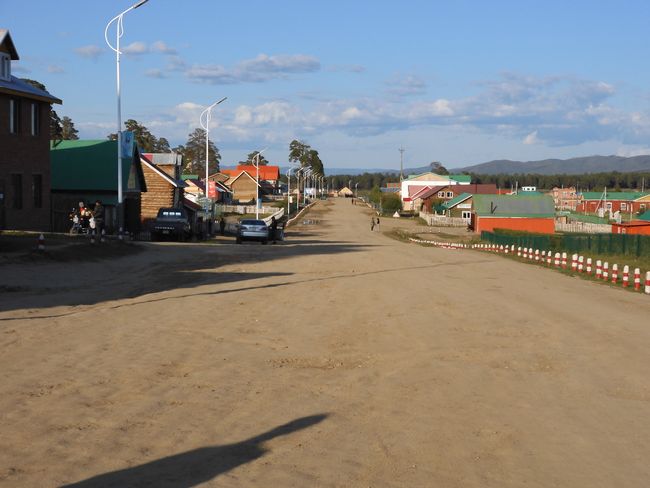
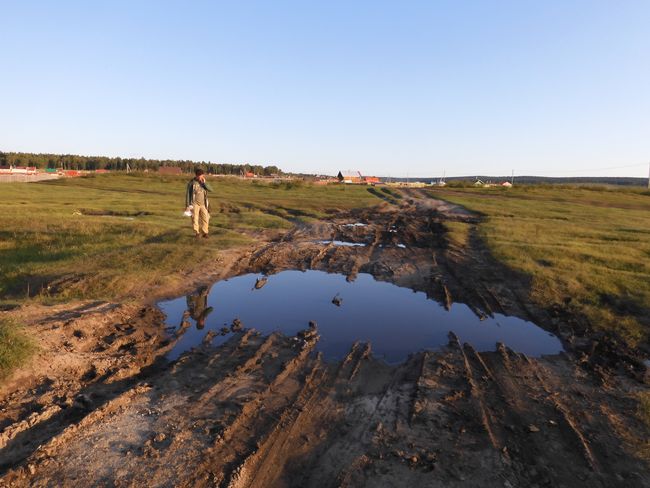
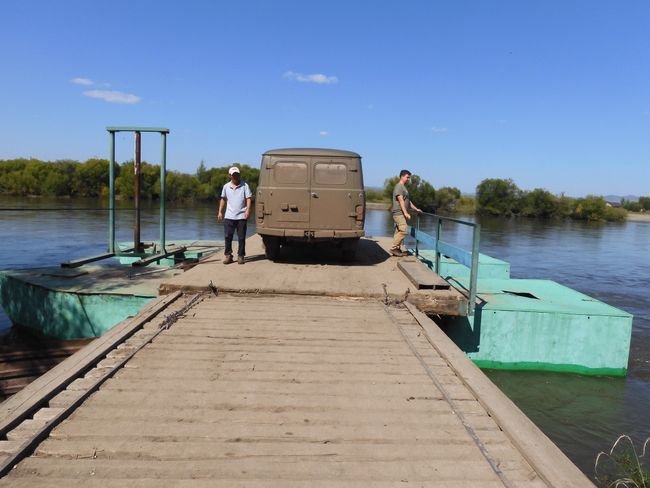
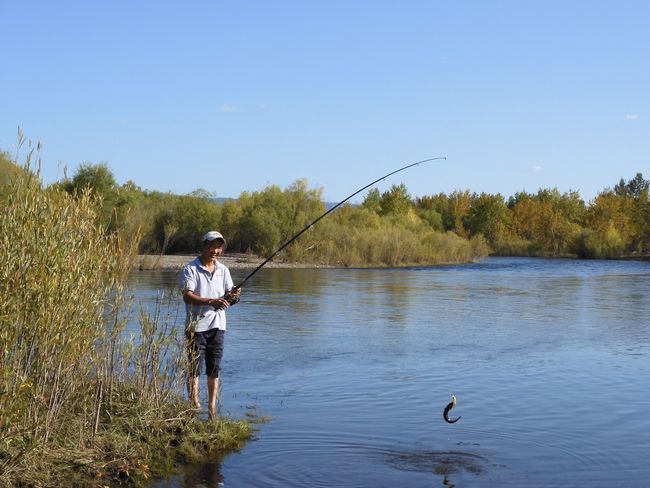
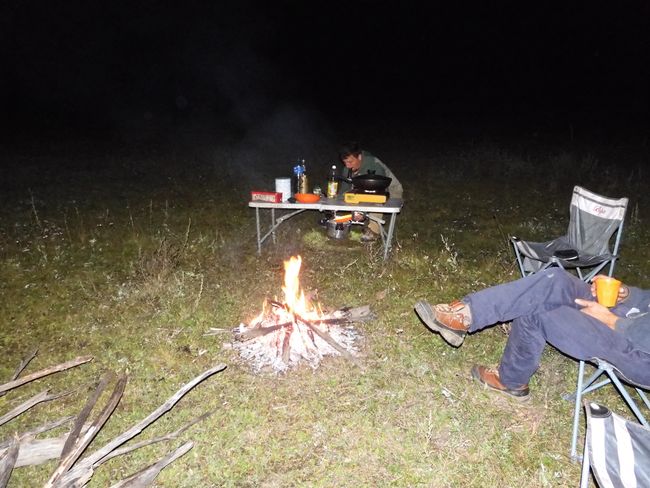
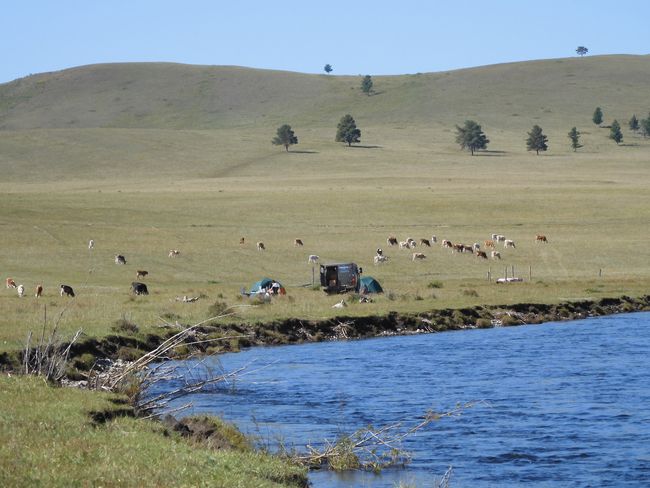
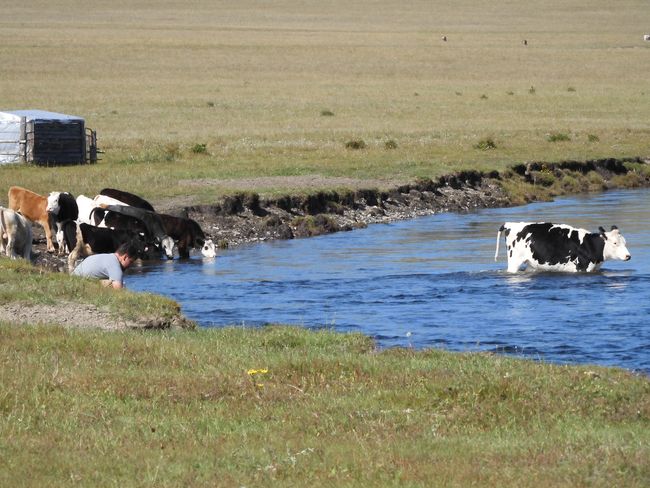
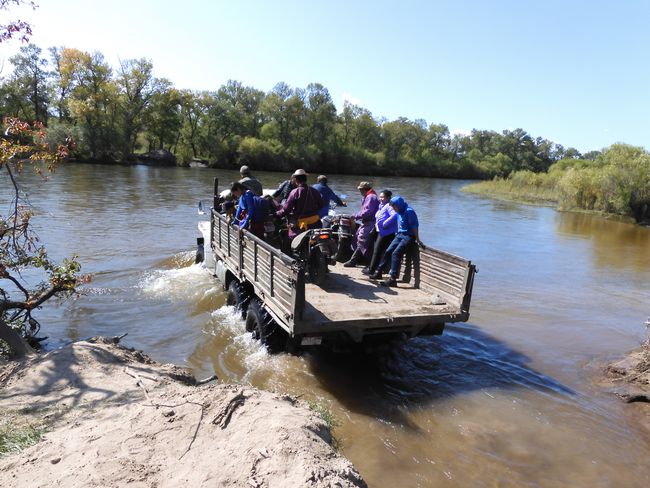
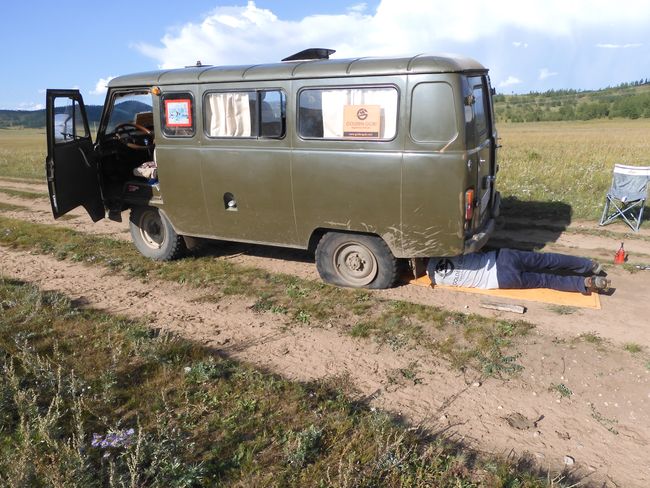
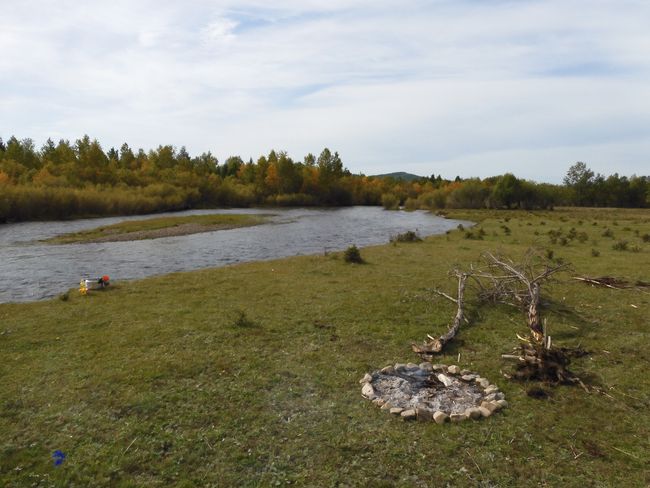
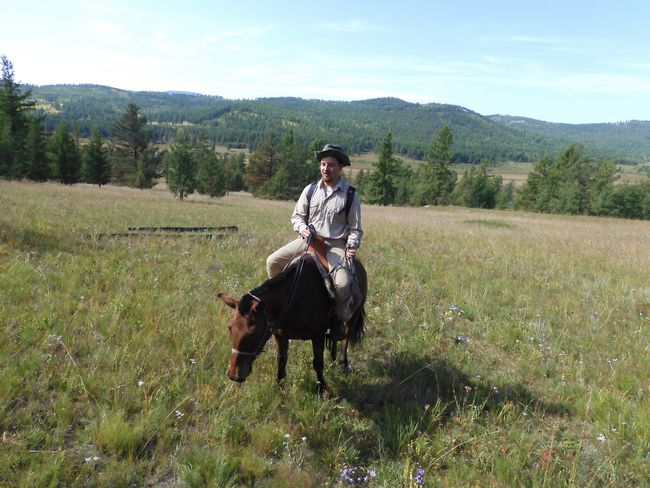
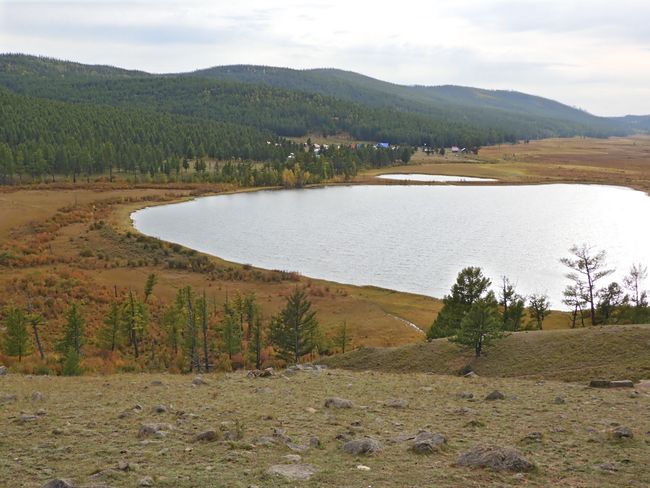
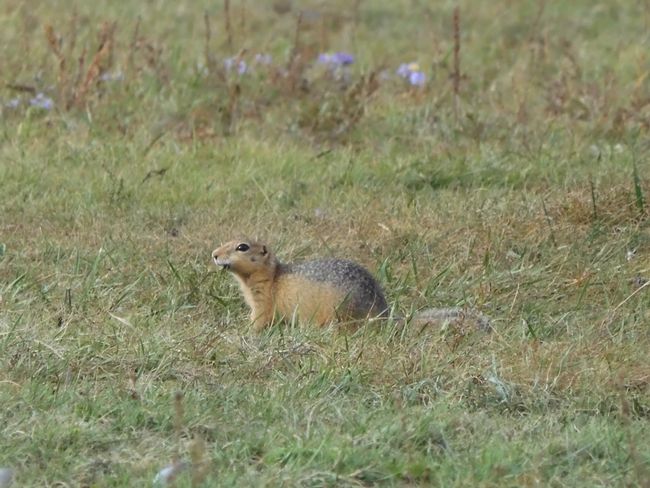
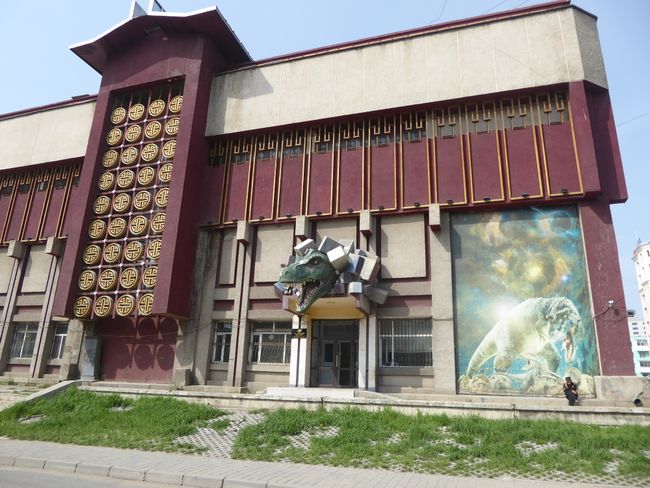
Претплатете се на билтенот
From the beginning, it was our plan to travel after our time in species conservation. Originally, we only wanted to stay in Indonesia for half a year, but it turned into one and a half years. And that was enough for us. We had planned to travel through Asia for about 5 months and then be back home for Christmas. That was the theory. But I wanted to stay on Bali a little longer because I felt I had to do more for the Bali Starling and the Breeding Center. So we changed our plans. We shortened our vacation to one month, and after that, Roy would go back to Germany and I would go back to Bali for another 3 months. But as you never know what's going to happen, this plan also changed. After only 2 weeks on Bali, I noticed that nothing had changed during the time we were in Mongolia. On the contrary. Breeding success declined, hygiene was poor again, and the keepers were still only like better interns. In addition, Roy started a new life in Germany and I could only participate from a distance. So I decided to come to Germany earlier. There's no need to torture yourself when it no longer makes sense. So I will arrive in Berlin on October 10th, after a short visit to the doctor in Singapore (the 10th time in Singapore, by the way). I'm really looking forward to being home. Seeing friends and family again, German food, Christmas, German summers (at least how they used to be), German virtues, and a fresh start in my homeland Leipzig :D
But back to our trip to Mongolia.
I have no idea how I came up with Mongolia. In any case, I liked the idea of traveling to Mongolia. Roy was equally enthusiastic about the idea, so we decided to travel to the land of the nomads for one month. We didn't really have a plan, as usual. We had, of course, informed ourselves about the most important things, so in retrospect, we were really well prepared and equipped. Especially the weather in Mongolia is quite diverse, even in summer. In some regions, it can get really cold at night, while in other regions, it can reach 30 degrees during the day.
After a short visit to the Taman Safari Bogor in West Java and the probably largest bird market in the world in Jakarta, we flew from there to Ulan Bator, the capital of Mongolia, via Seoul. Ulan Bator has an optically rather Russian touch. Although Mongolia is influenced by various cultures, it cannot be pigeonholed in any way and is absolutely unique.
 The dinosaur museum in Ulan Bator stood there sadly and alone, half overgrown. But it was in operation. Somehow a pity that we didn't go inside.
The dinosaur museum in Ulan Bator stood there sadly and alone, half overgrown. But it was in operation. Somehow a pity that we didn't go inside.  A typical residential block in Ulan Bator. Mostly dilapidated, the apartment buildings had seen better days.
A typical residential block in Ulan Bator. Mostly dilapidated, the apartment buildings had seen better days.In Ulan Bator, we visited various tour providers. However, we initially had no luck because most of them only offer fixed tours where you are shuttled from A to B for a few days. But we had almost a month, and we mainly wanted to see animals and nature. Traveling through the country by public buses was not an option for us because they only drive on the few asphalt roads and take several days for longer distances. There are hardly any alternatives, except to rent a car with equipment, but all cars were apparently booked out for a year. On the third day, we finally got lucky and found a guesthouse that also offers individual tours. There were 2 options: renting the complete package (car, driver, guide, equipment, meals, and accommodation) for about 100 euros per day, or just a driver with a car and self-catering for about 50 euros. The decision was easy for us. We didn't need a guide, 100 euros was too much, and somehow, the adventure was missing from the complete package. The guesthouse's organizer booked us a flight to Khovd, in the west of Mongolia, for the next day. From there, we would travel through the country for 14 days, slowly heading back towards Ulan Bator.
In Khovd, we met Bagi, our driver for the next 2 weeks. We went shopping a bit because we had to cook for ourselves. We didn't know how much or what to buy, and Bagi couldn't help us either because he hardly spoke English. After buying what we thought were the most necessary things, we searched for an internet cafe for ages to show Bagi a Saiga antelope because we really wanted to see it. Internet cafes, let alone Wi-Fi, are scarce in Mongolia, but we were lucky and found a rundown place with computers. After that, we left Khovd and headed to one of the five largest lakes in Mongolia. Most of the time, we wanted to camp and only occasionally stay in a ger camp to shower and recover. Ger camps are camps with several yurts that can be rented for overnight stays, like hotel rooms. However, we spent the first night in a tent near the lake.
 Skulls of deceased animals were lying everywhere. In the background, there was a lake teeming with insects.
Skulls of deceased animals were lying everywhere. In the background, there was a lake teeming with insects.  Our first dinner. I was glad that there was also vegetables in Mongolia. Our tent was set up on the uncomfortable gravel (on the right side of the picture).
Our first dinner. I was glad that there was also vegetables in Mongolia. Our tent was set up on the uncomfortable gravel (on the right side of the picture).The next day, we continued along the lake because we wanted to see birds. During a stop in a settlement, Bagi spotted 2 gold diggers. We were allowed to watch them while they were panning for gold and we searched fascinated for gold nuggets. However, the rocks only yielded gold dust.

We then headed to a second huge lake (Char Nuur), not far from the first one. While we were observing birds at the water, Bagi talked to a family. And suddenly, he drove to the yurt of the family nearby. We didn't know what was going on and briefly thought he was just leaving. We then walked to the yurt and were immediately invited in for milk tea, pastries, and cheese. The mostly goat's milk is boiled and refined with tea and salt. The milk tea in Mongolia takes some getting used to and tastes different everywhere.

 The yurt of the family from a distance. Located directly at the lake, where there were several cormorants, swans, ducks, herons, and seagulls.
The yurt of the family from a distance. Located directly at the lake, where there were several cormorants, swans, ducks, herons, and seagulls. The yurt up close. Cheese is being dried on the roof.
The yurt up close. Cheese is being dried on the roof.When the family started herding their goats and sheep, I joked that they were going to slaughter a goat just for us. Not even 30 minutes later, one of the goats was lying dead in the yurt and was expertly cut into pieces.
 For dinner, we had the best part: the innards. Cooked stomach, heart, liver, and I don't even know what else. Everyone helped themselves directly from the bowl. Fortunately, I found some meat somewhere in between. I don't like goat and sheep meat at all, let alone innards, but I had to eat something.
For dinner, we had the best part: the innards. Cooked stomach, heart, liver, and I don't even know what else. Everyone helped themselves directly from the bowl. Fortunately, I found some meat somewhere in between. I don't like goat and sheep meat at all, let alone innards, but I had to eat something. The rest of the goat was distributed throughout the yurt for drying or storage. Only a few rural residents have refrigerators, and it was too hot and full of insects outside. The yurt itself was relatively small and sparsely furnished. If you can afford it, you buy a yurt with 5 wooden lattice sections, but if you can't, you have to make do with 4 sections (you can see the end or beginning of two sections behind the blue bag). A yurt can cost several thousand euros. Our family of six lived in this small yurt.
The rest of the goat was distributed throughout the yurt for drying or storage. Only a few rural residents have refrigerators, and it was too hot and full of insects outside. The yurt itself was relatively small and sparsely furnished. If you can afford it, you buy a yurt with 5 wooden lattice sections, but if you can't, you have to make do with 4 sections (you can see the end or beginning of two sections behind the blue bag). A yurt can cost several thousand euros. Our family of six lived in this small yurt. In the late afternoon, the goats were herded together to be milked.
In the late afternoon, the goats were herded together to be milked. And Roy got to ride the family motorcycle. Everything used to be done on horseback here, but even in Mongolia, people prefer modern aids.
And Roy got to ride the family motorcycle. Everything used to be done on horseback here, but even in Mongolia, people prefer modern aids.At this point, I crashed. I was still in Bali and wanted to continue writing the post there, but then everything changed. I decided to return to Germany earlier than planned and completely lost track of the blog there. Now that I'm in Costa Rica and reviving the blog, I've decided to complete the post about Mongolia at least with the photos since they were already uploaded. Now follow the remaining pictures of the trip with explanations and anecdotes. I had written way too much anyway 😅
Let's go...
 After the nerve-wracking night in the tent, where the goats kept ramming our tent (which was really scary), we continued our journey, looking for Saiga antelopes. During a stop in a smaller town to run errands, Bagi spotted 2 gold miners. We were allowed to watch them while they were panning for gold and we were fascinated and searched for gold nuggets. However, the rocks only yielded gold dust.
After the nerve-wracking night in the tent, where the goats kept ramming our tent (which was really scary), we continued our journey, looking for Saiga antelopes. During a stop in a smaller town to run errands, Bagi spotted 2 gold miners. We were allowed to watch them while they were panning for gold and we were fascinated and searched for gold nuggets. However, the rocks only yielded gold dust.  There are only proper supermarkets in larger cities. In small towns, there are these stores where everything is on shelves behind a counter, and you have to point to get it. I have no idea why Roy is behind the counter.
There are only proper supermarkets in larger cities. In small towns, there are these stores where everything is on shelves behind a counter, and you have to point to get it. I have no idea why Roy is behind the counter.  After what felt like hours driving through the beautiful but deserted area, we finally saw them: Saiga antelopes 😍 A whole herd of mainly females with young. It was scorching hot, and the flight distance of the saigas is very high, so my camera couldn't capture better pictures. But we saw them. A great feeling and an unforgettable experience.
After what felt like hours driving through the beautiful but deserted area, we finally saw them: Saiga antelopes 😍 A whole herd of mainly females with young. It was scorching hot, and the flight distance of the saigas is very high, so my camera couldn't capture better pictures. But we saw them. A great feeling and an unforgettable experience.  We spent the night in the tent near the lake in this breathtaking area. In the evening, we cooked and played cards.
We spent the night in the tent near the lake in this breathtaking area. In the evening, we cooked and played cards. The next morning, we climbed the mountain and had this great view.
The next morning, we climbed the mountain and had this great view. You can't estimate distances in this vastness at all. Our car may have been 1 kilometer away here.
You can't estimate distances in this vastness at all. Our car may have been 1 kilometer away here.  Semi-wild horses in the middle of nowhere.
Semi-wild horses in the middle of nowhere.  After several days without a shower (in retrospect, I don't know how we managed that), we stayed in a ger camp (at the same lake as before, but this time on the south shore). Finally, a proper toilet and a shower. For dinner, we had noodles with tomato sauce.
After several days without a shower (in retrospect, I don't know how we managed that), we stayed in a ger camp (at the same lake as before, but this time on the south shore). Finally, a proper toilet and a shower. For dinner, we had noodles with tomato sauce.  This is what a 'hotel yurt' looks like from the inside. At night, it got extremely cold, so we had to make a fire often. The stove always stands in the middle of the yurt, directly under the opening at the highest point. Mongols prepare their tea and food on the stoves.
This is what a 'hotel yurt' looks like from the inside. At night, it got extremely cold, so we had to make a fire often. The stove always stands in the middle of the yurt, directly under the opening at the highest point. Mongols prepare their tea and food on the stoves.  We continued along the lake and saw cormorants among the domestic cattle.
We continued along the lake and saw cormorants among the domestic cattle. Our driver Bagi always kept an eye out while driving and stopped when there were animals to be seen. Sometimes he sped up to get closer, which was completely counterproductive, so we quickly taught him not to do it anymore.
Our driver Bagi always kept an eye out while driving and stopped when there were animals to be seen. Sometimes he sped up to get closer, which was completely counterproductive, so we quickly taught him not to do it anymore.  A quick stop at a service area after we had to take a big detour because some bridge no longer existed or had collapsed. By the way, this is the view of the restaurant from the 'toilet'. We ate as usual something with goat, and we ate it in the little corridor to the right of our car.
A quick stop at a service area after we had to take a big detour because some bridge no longer existed or had collapsed. By the way, this is the view of the restaurant from the 'toilet'. We ate as usual something with goat, and we ate it in the little corridor to the right of our car.  Bagi wanted to take us to a very specific place, but we couldn't go any further at one point because the road was blocked by debris, and the car was sometimes on the verge of tipping over. But then he took us to this cave surrounded by pika.
Bagi wanted to take us to a very specific place, but we couldn't go any further at one point because the road was blocked by debris, and the car was sometimes on the verge of tipping over. But then he took us to this cave surrounded by pika. It took a lot of patience to take pictures of the small and agile pika.
It took a lot of patience to take pictures of the small and agile pika. We spent the night at the foot of this beautiful mountain and climbed to the top the next day. What a view.
We spent the night at the foot of this beautiful mountain and climbed to the top the next day. What a view. Bagi claimed there were snow leopards here, but we had our doubts. We did find goat and sheep droppings everywhere, though.
Bagi claimed there were snow leopards here, but we had our doubts. We did find goat and sheep droppings everywhere, though.  For some reason, we wanted to go horseback riding. Bagi drove around for ages to find someone with horses. The travel guide said to ask for a proper saddle for horseback riding tours. But when you find yourself in the middle of nowhere, without any tourist infrastructure, you have no choice. So we got a wooden saddle. Roy has experience with riding and got to lead his horse. I, on the other hand, was led by the Mongolian who accompanied us on my horse. After a while, everything started to hurt, and our mood worsened. After 3 hours, it became torture, and we hoped to reach our starting point behind every hill. Suddenly, the Mongolian I was with started herding a herd of horses, and I had to follow. Those were some of the worst 10 minutes of my life. Galloping after a herd, on a wooden saddle and in completely unsuitable shoes. After that, everything hurt, and I had sore and open spots.
For some reason, we wanted to go horseback riding. Bagi drove around for ages to find someone with horses. The travel guide said to ask for a proper saddle for horseback riding tours. But when you find yourself in the middle of nowhere, without any tourist infrastructure, you have no choice. So we got a wooden saddle. Roy has experience with riding and got to lead his horse. I, on the other hand, was led by the Mongolian who accompanied us on my horse. After a while, everything started to hurt, and our mood worsened. After 3 hours, it became torture, and we hoped to reach our starting point behind every hill. Suddenly, the Mongolian I was with started herding a herd of horses, and I had to follow. Those were some of the worst 10 minutes of my life. Galloping after a herd, on a wooden saddle and in completely unsuitable shoes. After that, everything hurt, and I had sore and open spots.  One of the last places where we stayed overnight. Again, in a ger camp and again without a shower.
One of the last places where we stayed overnight. Again, in a ger camp and again without a shower.  Everywhere, there were these cute long-tailed susliks.
Everywhere, there were these cute long-tailed susliks. Now, as I have continued writing the post and relived the trip for the second time, I once again realize that this trip was the most extraordinary, eventful, and beautiful I have ever experienced. Mongolia is definitely a country I will visit again.
Oh boy, if you made it this far, thank you so much for reading!
Претплатете се на билтенот
Одговори
